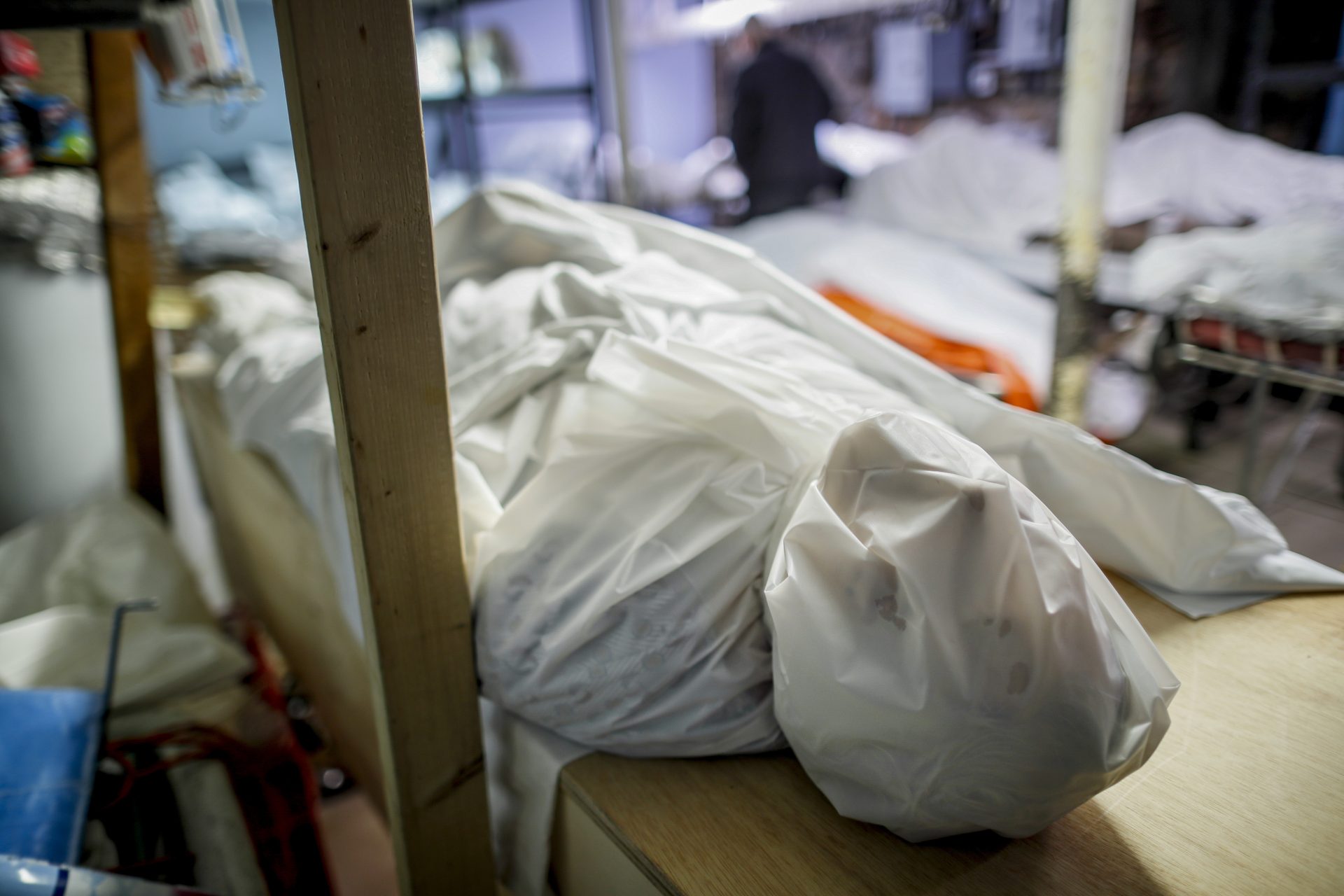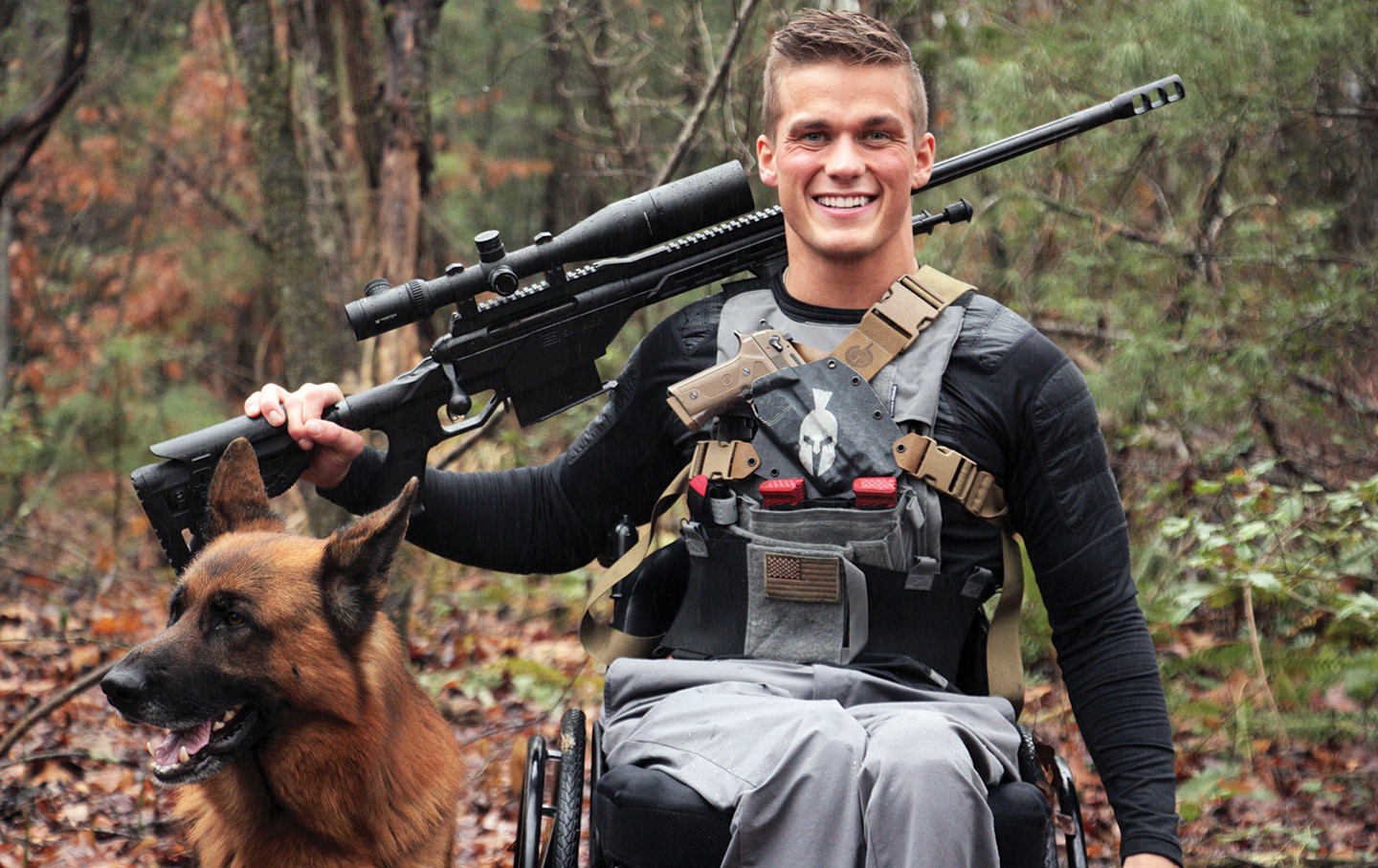Op Ed: This is good. Nearly all MAGAts are White and among them most are male. I
Fat Bastard am a proud male chauvinist pig oink oink oink but I think a 10% reduction of
White people least likely to wear
masks consistently, study finds
A year into the COVID-19 pandemic, the virus continues to wreak havoc on the U.S., forcing schools and businesses in major cities to shutter. Now a new study from the University of Southern California is shedding light on one problem that may be contributing to the continued spread: inconsistent mask wearing.
The research, released on Thursday by USC’s Center for Economic and Social Research, comes from the group’s Understanding America Study, a nationally representative online sample of more than 6,000 respondents. While the vast majority of those polled agreed that masks are an effective way to combat COVID-19, just 51 percent said they consistently wear a mask when hanging out with people outside their household. The numbers become even more stark when divided by race.
White people, the researchers found, were the least likely of any race to wear a mask consistently, with just 46 percent reporting that they wear one while in close contact with people they do not live with. That was compared with 67 percent of Black people, 63 percent of Latinos and 65 percent of people from other races.
Dr. Uché Blackstock, founder and CEO of Advancing Health Equity and a Yahoo Life medical contributor, says the statistics aren’t unexpected. “It’s not terribly surprising,” Blackstock says. “The videos that we've seen on social media and television of people refusing to wear a mask or demonstrating against it have been predominantly white.”
Anti-mask protests have indeed been dominated by white people, many of them wearing T-shirts or waving flags that bear the name of Donald Trump. The former president was openly opposed to masks early on and did not publicly wear one until late July. He consistently devalued them throughout his presidency, saying, “maybe they’re not so good” in August and asking a reporter to take one off in September.
His comments spurred large anti-mask demonstrations across the U.S. over the summer, including one in Austin, Texas, led by InfoWars’ Alex Jones. While major protests against mask-wearing seem to have died down, smaller groups continue to demonstrate against them, with one marching through a Los Angeles mall two weeks ago and another group trying to shop maskless at a Trader Joe’s in Oregon last week.
The groups operate under the belief that mandates requiring masks — which have been found to reduce COVID-19 spread by as much as 80 percent — are an infringement on their rights. Blackstock says that this line of thinking isn’t often shared by Black and brown people, who have long seen their rights stripped away through systemic racism. “I think for white Americans to be in a situation where they’re being told what to do, for some of them it's very difficult to hear because that is unusual,” she explains. “Whereas for many Black Americans, I can speak for myself as a Black woman ... we're used to being told what to do, or having restrictions placed on us.”
On top of the privilege that may be fueling the disparity, Blackstock says that Black Americans and Latinos have shared experiences that lead to a strong sense of community, which may not always be true for white Americans. Experts have noted that many who refuse to wear masks are operating more from an individualism stance than one of collective responsibility. In fact, one recent study by the Brookings Institution found that 40 percent of Americans who reported not wearing a mask said they chose not to because it was their “right as an American.”
“The essential values this country was founded on are individualism and personal responsibility — and this idea of community is not something that is necessarily inherent in American culture,” says Blackstock. She believes that for this reason, many white Americans may view mask-wearing from a narrower lens. “Even though wearing a mask is something that protects you and protects people that you love and other people in your community, it’s seen as an infringement of your rights,” she says. “Instead of being seen as something that could help others, it's being seen as a threat to your [freedom].”
Despite the damage this narrative has done, she and other experts in the COVID-19 sphere seem hopeful that President Biden’s administration will ignite a collective response that embraces mask wearing. One reason she’s optimistic is an executive order that Biden signed this week requiring federal employees to wear masks while on federal grounds.
“When you are in these buildings and institutions that are part of the government, you have to wear a mask. That is an expectation, and maybe that will translate to how people feel when they are outside of those institutions in the public as well,” says Blackstock. “I think that symbolically it was important for President Biden to execute that order. Although he can’t mandate it for every state, for every American he is making this symbolic gesture of saying, ‘Masks are important.’”











